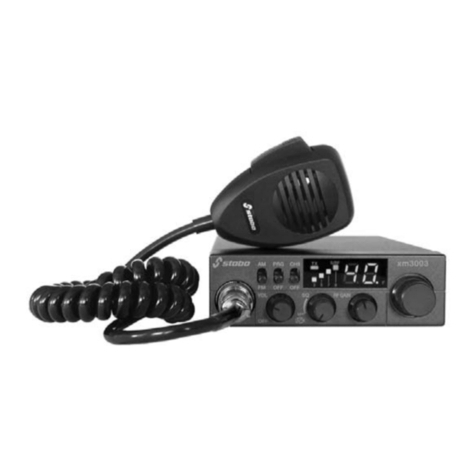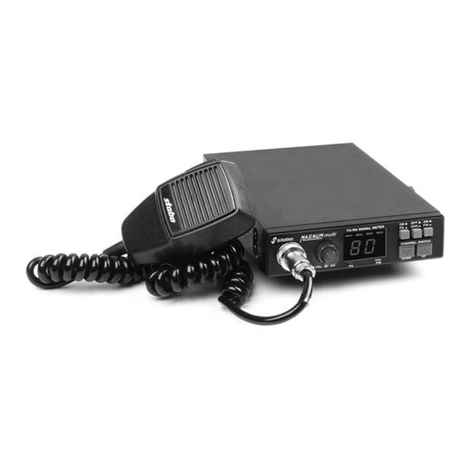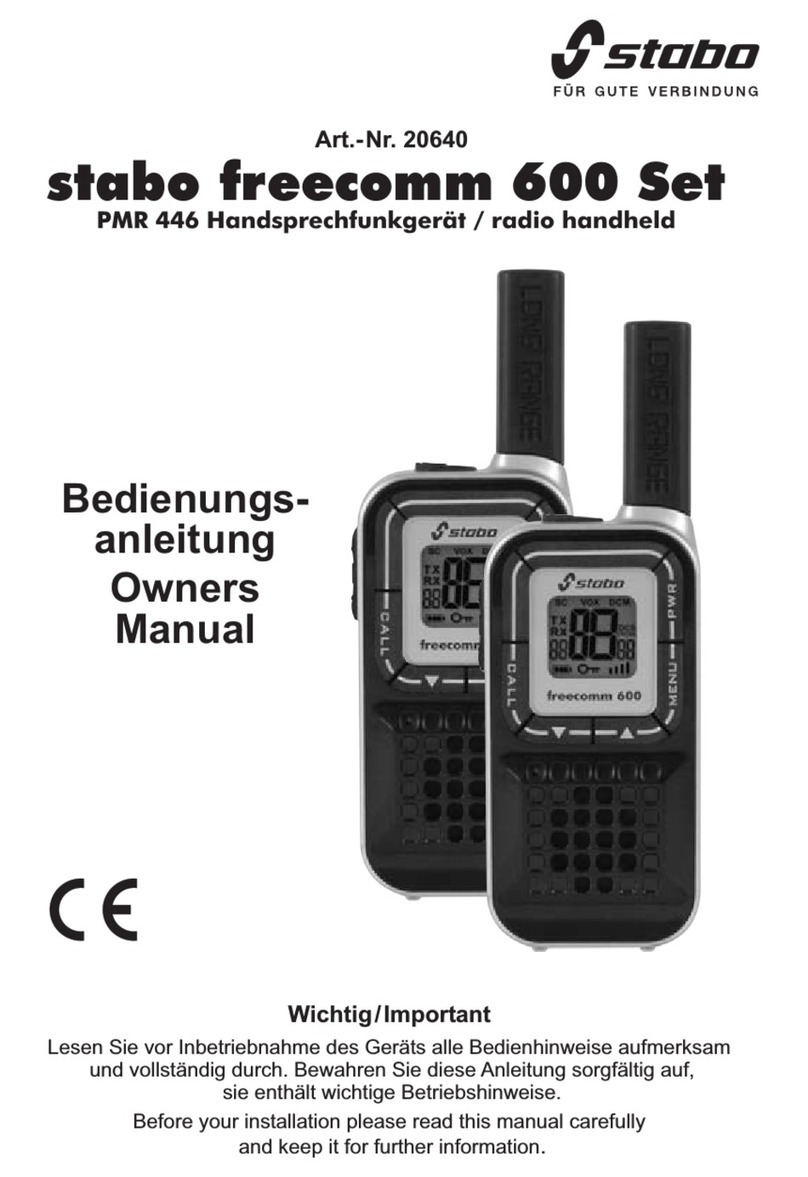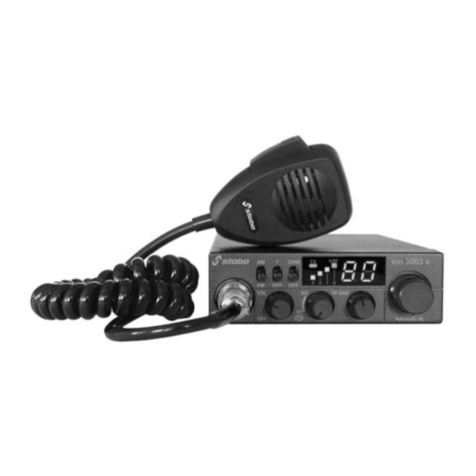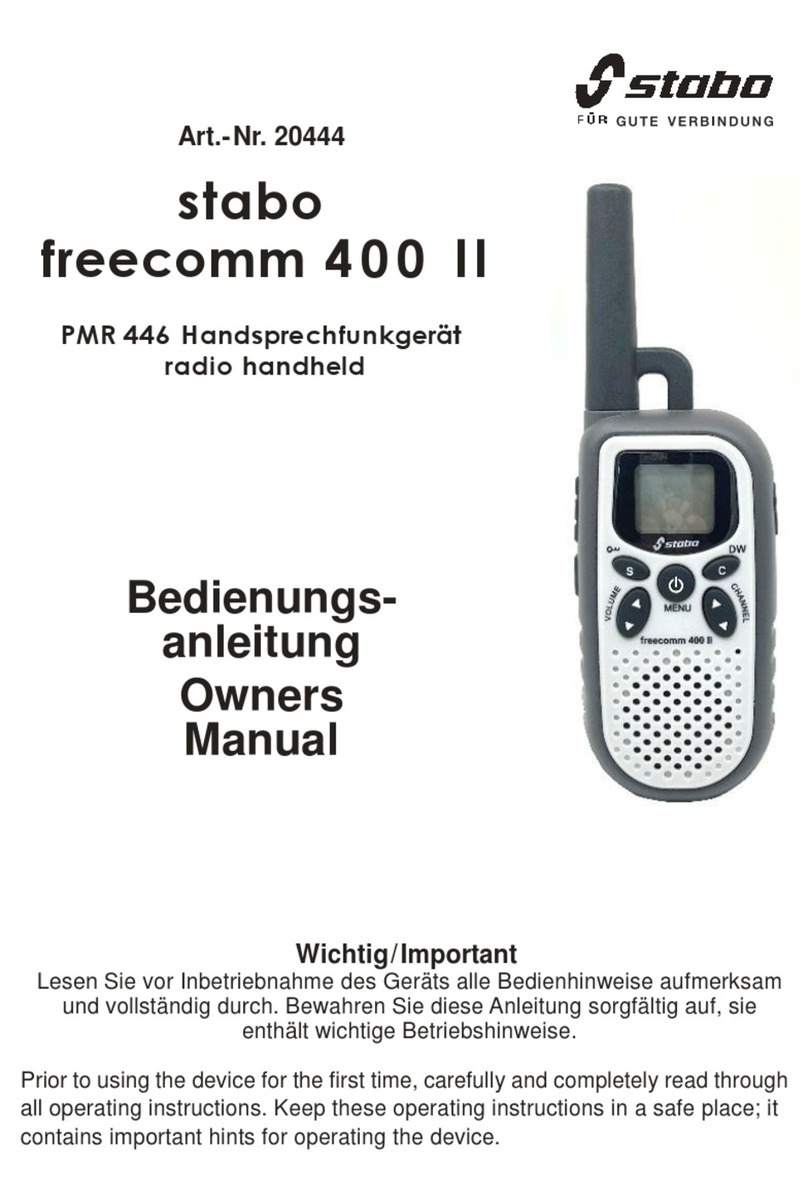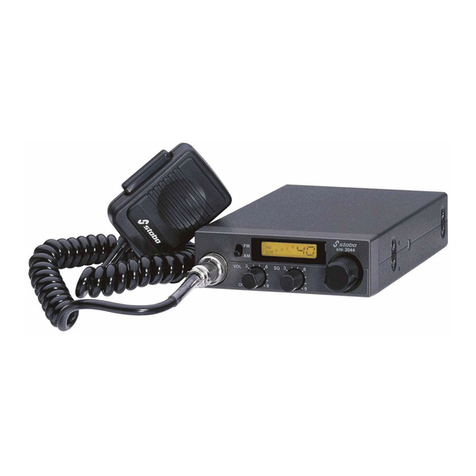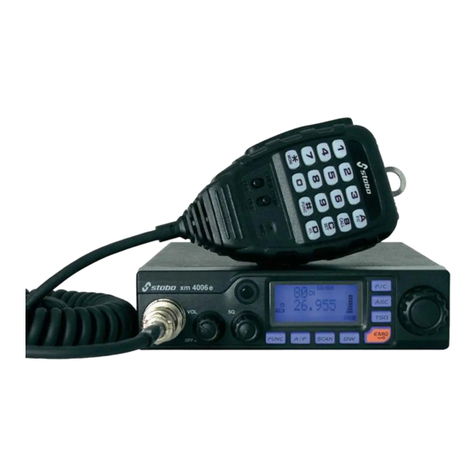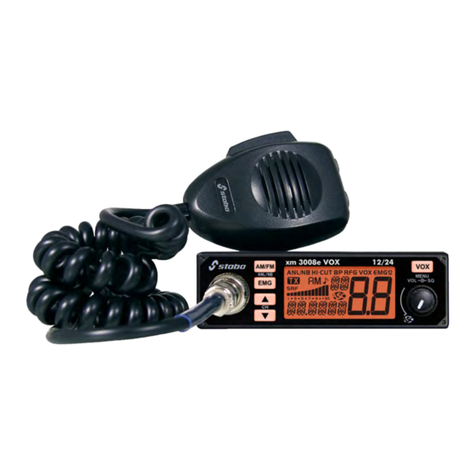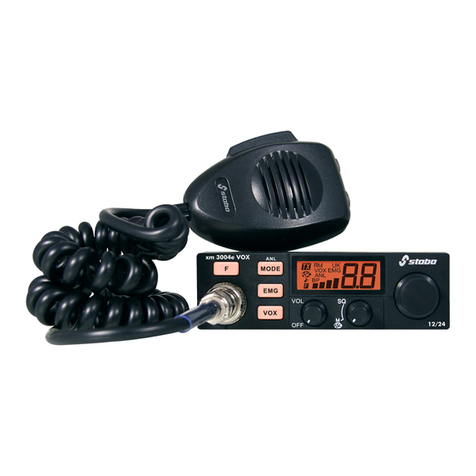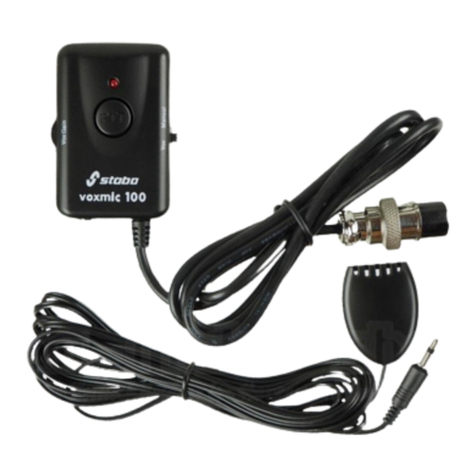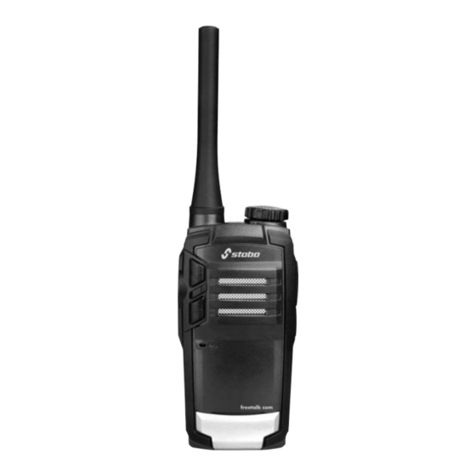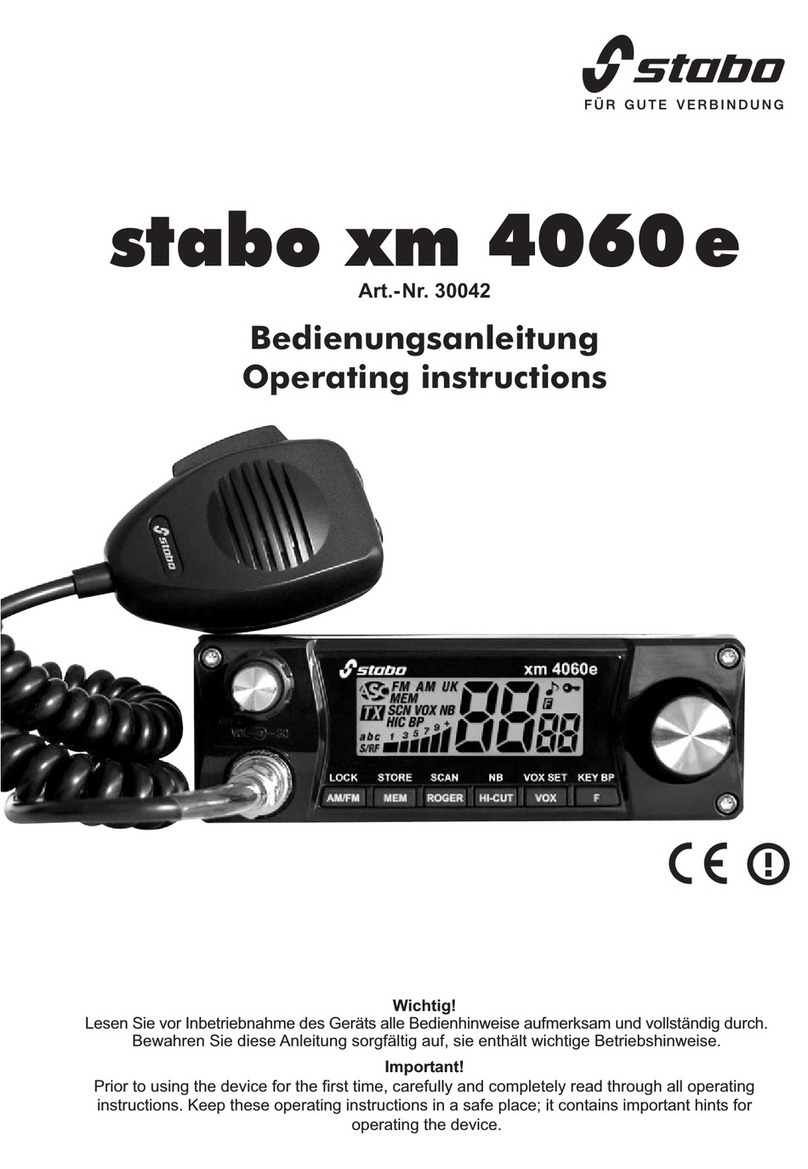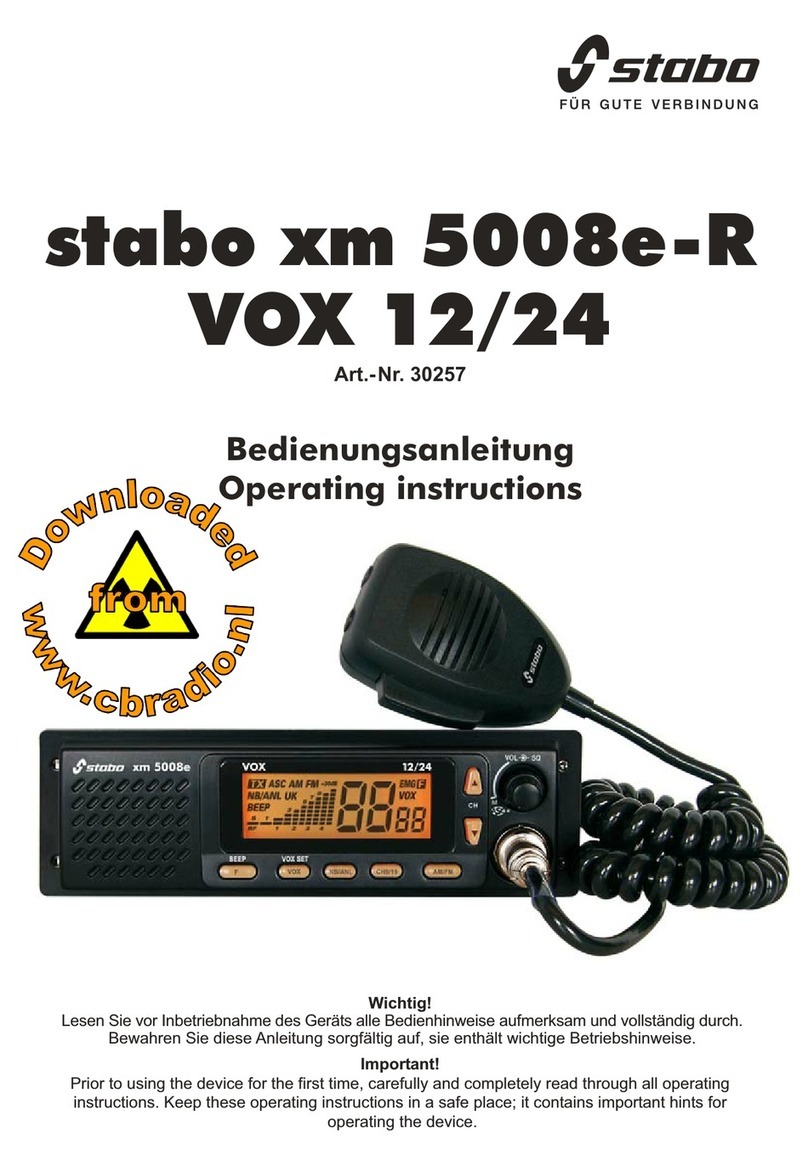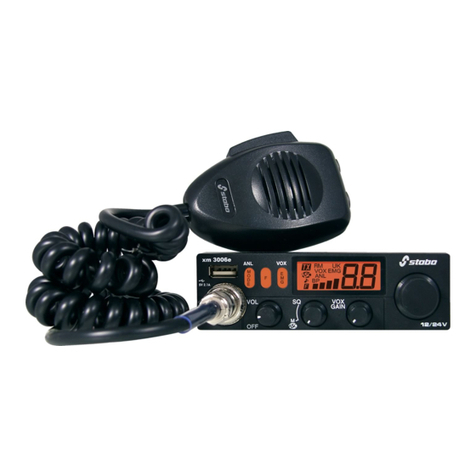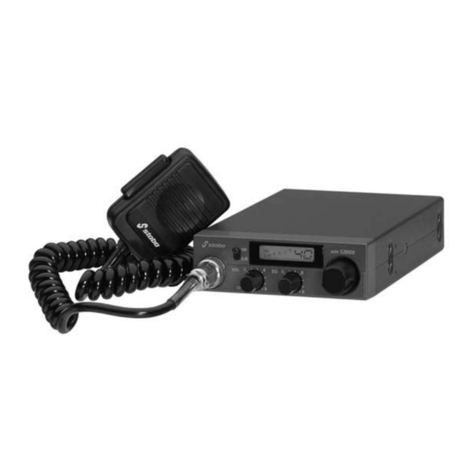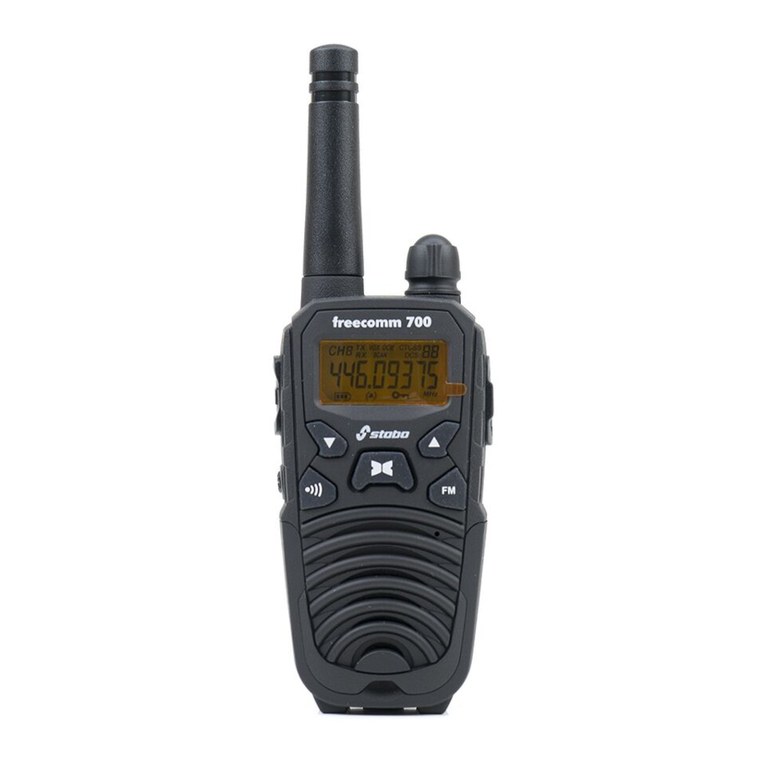2
Table of contents
General notes...............................................................................................................................3
Safety warnings............................................................................................................................3
Important information....................................................................................................................4
Scope of delivery..........................................................................................................................5
Control elements and connections ...............................................................................................6
On the display...............................................................................................................................8
Important provisions for the operation..........................................................................................9
Charging of the battery packs .................................................................................................9
Safety instructions for the charger ...........................................................................................9
Removing/inserting the battery pack......................................................................................10
Operation with batteries .........................................................................................................10
Energy management.............................................................................................................. 11
Belt clip .................................................................................................................................. 11
Operation/functions .................................................................................................................... 11
Switching on/off the radio set................................................................................................. 11
Adjusting the volume.............................................................................................................. 11
Select channel ....................................................................................................................... 11
Transmitting/receiving ............................................................................................................12
Automatic squelch..................................................................................................................12
Pilot tone process CTCSS .....................................................................................................12
Speech scrambling ................................................................................................................12
Call tone ................................................................................................................................13
Monitor key ............................................................................................................................13
Key lock and display lighting..................................................................................................13
Automatic scan ......................................................................................................................14
Dual watch function................................................................................................................14
Stop watch function................................................................................................................14
VOX function..........................................................................................................................15
Baby sitting ............................................................................................................................15
Baby sitter function ................................................................................................................16
Automatic power OFF ............................................................................................................16
Care instructions.........................................................................................................................17
Disposal instruction ....................................................................................................................17
Technical data.............................................................................................................................17
Troubleshooting..........................................................................................................................18
Channel-frequency table ............................................................................................................18
Pilot tone-CTCSS frequency table..............................................................................................18
Manufacturer warranty................................................................................................................19
